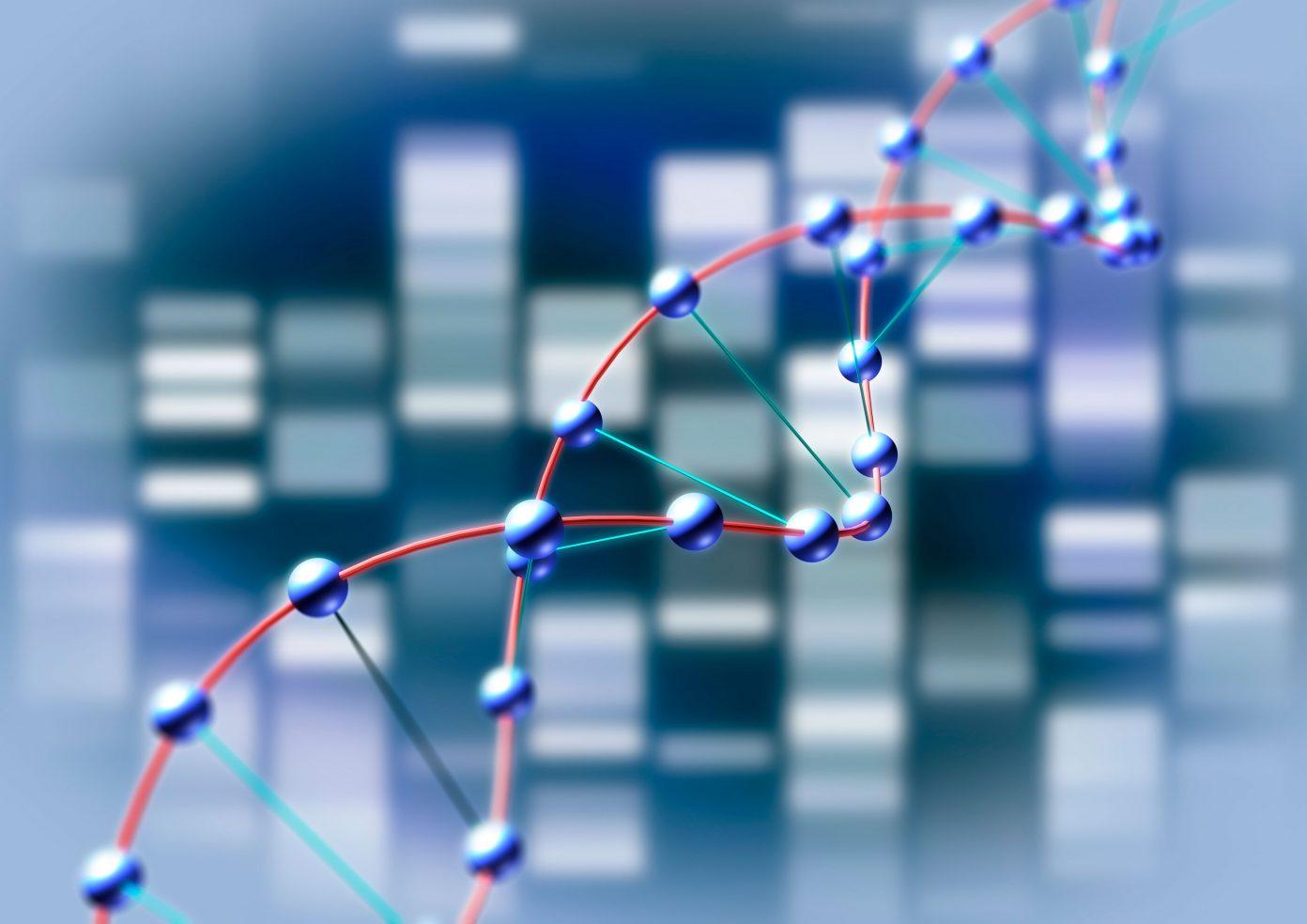DNA Sequencing: Revolutionizing Biology and Medicine

DNA sequencing is the process of determining the precise order of nucleotides within a DNA molecule. Since the 1970s, DNA sequencing has transformed the fields of biology and medicine by allowing scientists to decode genomes and open new doors for research and application. Let's take a deeper look at how DNA sequencing works, where it is being applied today, and what future advances may bring.
How DNA Sequencing Works
There are multiple methods used for DNA sequencing, but they all rely on the same basic principle - adding fluorescent labels to DNA fragments of different lengths and then exposing them to an electric current that causes them to separate based on their size. Sophisticated cameras and software then record the order of the fluorescent colors, allowing scientists to decipher the DNA's sequence of A, T, C, and G nucleotides.
The original DNA sequencing method developed in the 1970s by Frederick Sanger involved radioactively labeled DNA and gel electrophoresis to separate DNA fragments by size. However, this was a slow and labor-intensive process. In the 1990s, automated DNA sequencing machines that use fluorescence replaced radioactive labeling and allowed sequencing to be done much faster. Today's state-of-the-art sequencing instruments can sequence an entire human genome in just a few days.
Mapping the Human Genome
One of the landmark achievements enabled by DNA sequencing was the Human Genome Project, which determined the complete DNA sequence of humans for the first time between 1990 and 2003. This massive international effort mapped all of the genes of the human genome, identified gene fragments called exons that code for proteins, and revealed areas of non-coding DNA. It provided an invaluable resource for subsequent genomic research.
Beyond the Human Genome
Since the human genome was sequenced, DNA sequencing has progressed to sequencing many other species from microbes to livestock to endangered species. For example, the Panda Genome Project sequenced the giant panda genome in 2010 to help understand this iconic bear's evolution and preserve its genetic diversity. Sequencing pathogens has also helped fight disease outbreaks by tracking transmission chains. DNA sequencing is also unraveling our evolutionary past by sequencing extinct species like Neanderthals.
Personalized Medicine
One major application of improved DNA sequencing technologies is in personalized medicine. Whole genome sequencing allows a person's complete genetic code to be readout. Combined with medical records, this can reveal genetic risks for diseases, guide cancer treatment choices, and predict treatment responses. Expanded newborn genetic screening using sequencing now tests for dozens of treatable single-gene conditions. As sequencing costs plummet further, personalized genomics may soon become part of routine healthcare.
Microbiome and Viral Research
Sequencing is also enriching our understanding of the microbial kingdoms that inhabit our bodies and environments. For example, sequencing shows that a typical human gut microbiome contains trillions of bacterial cells from hundreds of species. Imbalances in these microbial communities have been linked to various diseases. Likewise, metagenomics uses sequencing to explore 'viral dark matter' like phages and the virosphere. During the COVID-19 pandemic, extensive sequencing helped trace SARS-CoV-2 mutations in real-time.
Advancing Agricultural Sciences
Plants and livestock have also benefited greatly from DNA sequencing. Whole genome sequences are available for major food crops like corn, soybean and wheat as well as farm animals. By comparing sequences, genetic markers have been identified that breeding programs now use to develop heartier, more nutritious and higher-yielding varieties. Sequencing also diagnoses genetic diseases in cattle and traces outbreaks of foodborne illness. It is improving sustainability across global food systems.
The Future of DNA Sequencing
Despite incredible progress, DNA sequencing technologies still have room for greater speed, accuracy and affordability. Third-generation long-read sequencing methods are emerging that can sequence entire human genomes in a matter of hours without needing to first break DNA into pieces. Novel techniques also aim to sequence single molecules of DNA in real-time without amplification. As costs fall below $100 per genome, sequencing may become routinely used not just in medicine and research but for ancestry tracing and other consumer applications. Overall, DNA sequencing is empowering discoveries across biology and holds tremendous promise to advance human health, agriculture and our understanding of life itself.
Get more insights on this topic: https://www.newsanalyticspro.com/dna-sequencing-unlocking-the-genetic-code/
Explore more trending article on this topic: https://masstamilan.tv/understanding-the-human-microbiome/
- Art
- Causes
- Crafts
- Dance
- Drinks
- Film
- Fitness
- Food
- Jocuri
- Gardening
- Health
- Home
- Literature
- Music
- Networking
- Alte
- Party
- Religion
- Shopping
- Sports
- Theater
- Wellness
- IT, Cloud, Software and Technology


